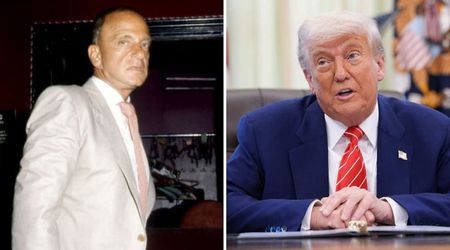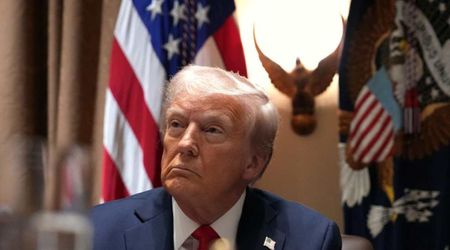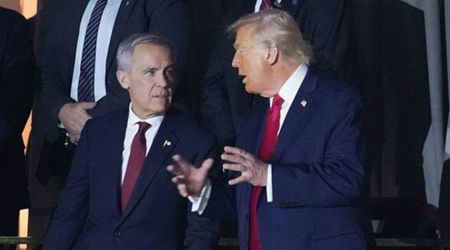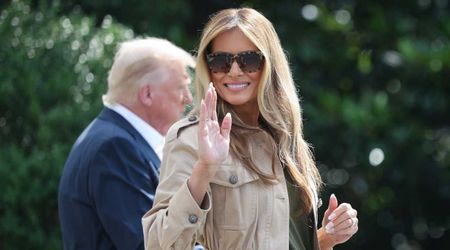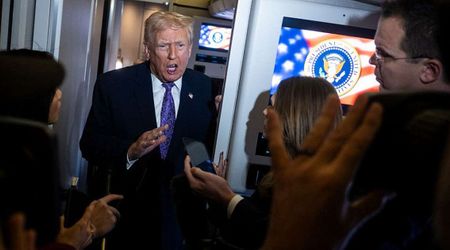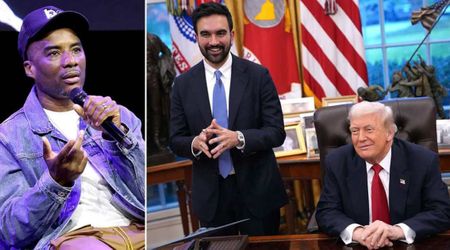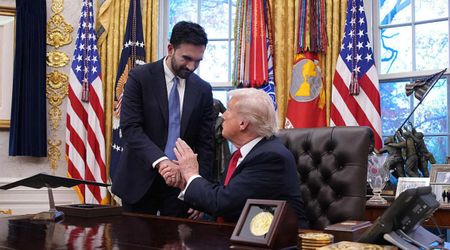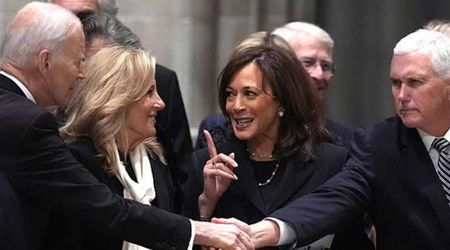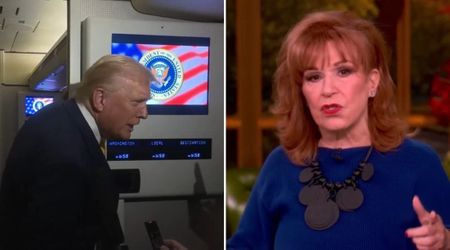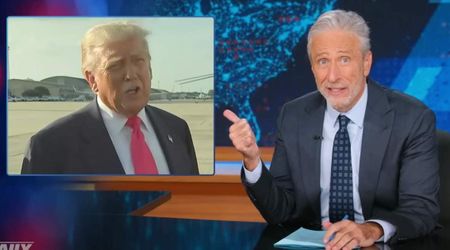Body language experts decode Trump’s ‘odd’ gestures in tense meeting with Xi Jinping
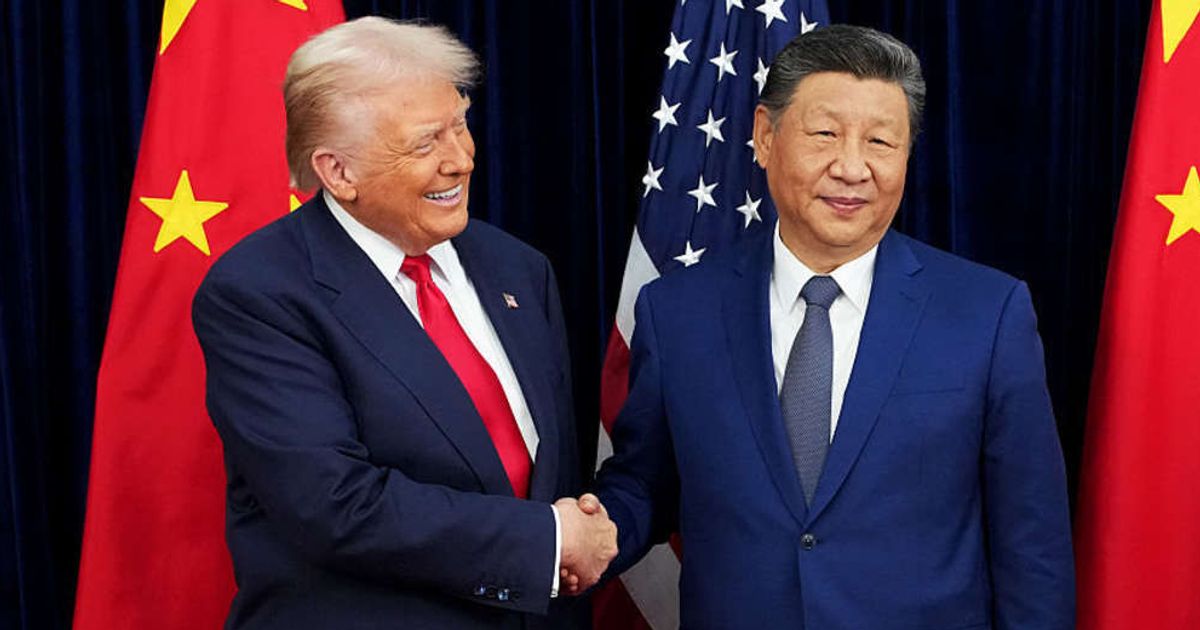
BUSAN, SOUTH KOREA: President Donald Trump and Chinese President Xi Jinping met in South Korea on Thursday, October 30, to discuss tariffs.
But what drew just as much attention as the talks themselves was their handshake and body language — a moment that set social media and analysts buzzing. Fox News’ Michelle Backus noted, “And you can see the way he’s shaking his hand — President Trump has control of that room, and I have a lot of confidence in this meeting.”
Body language experts have now weighed in on Trump’s behavior during the meeting, highlighting his subtle power moves as well as some uncharacteristic gestures.
Experts say Trump held the power position during meeting with Xi Jinping
Body language expert and behavior analyst Traci Brown told HuffPost that Trump positioned himself on the left side — often considered the “power position” in diplomatic photos. “Trump is on the left. That’s the power position, politicians fight for it,” Brown explained.
Another expert, Patti Wood, known for her work in non-verbal communication, observed that Trump’s initial handshake was unusual for him. “He turned and put his palm up,” she said. “Typically that’s not his style because that’s supplication — palms up means less power.”
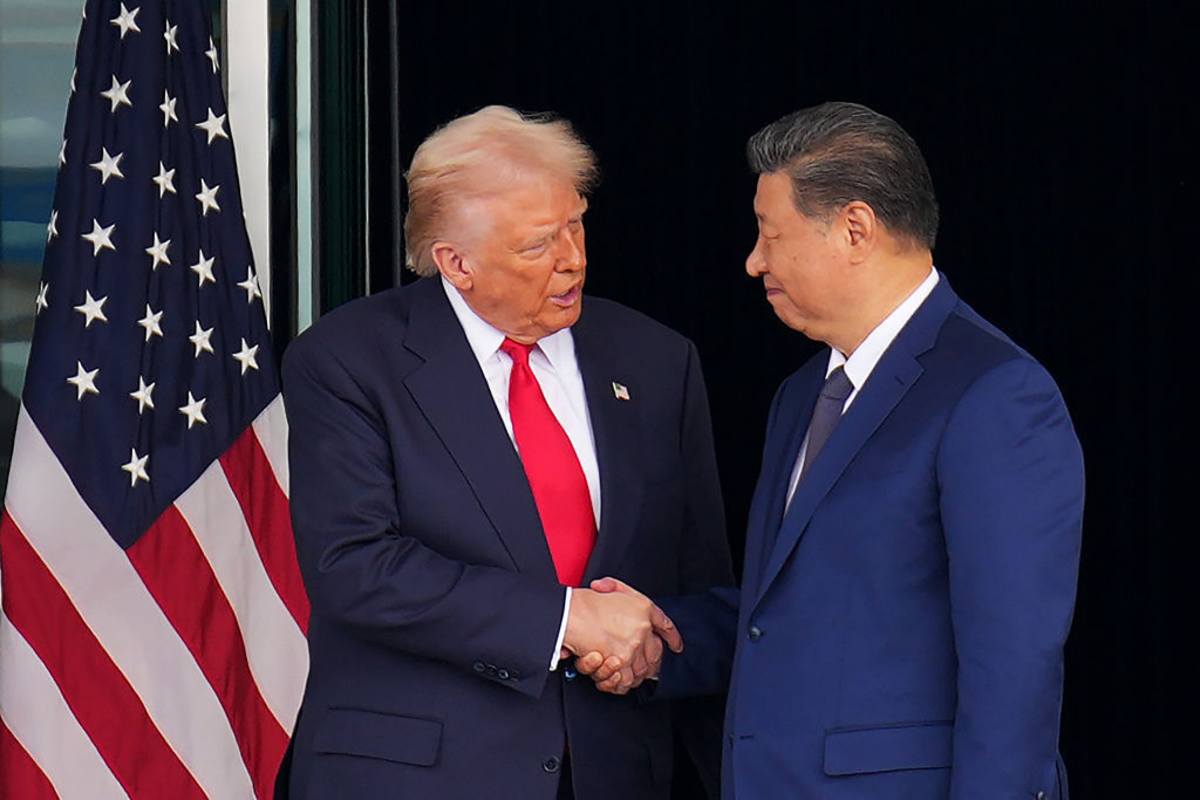
Brown also pointed out that the palm-up gesture could suggest a more “welcoming or hospitable mindset.” Still, both experts agreed Trump quickly reasserted control.
“Trump reaches in to pat Xi Jinping’s back. That can be a show of control — Trump could move him around if he wanted to,” Brown noted.
Wood added, “He pulls Xi’s hand toward him instead of meeting halfway. That’s a dominant move. The pat on the back can mean affection or control — it’s a way to say, ‘I’m in charge."
Experts notice non-verbal contrasts between Trump and Xi Jinping
Wood observed subtle but meaningful differences in the leaders’ postures and gestures. She noted that Xi Jinping slightly leaned back, angling both his shoulders and head away from Trump, signaling that he was ready for the handshake to end and maintaining a cautious stance. In contrast, Trump oriented his body fully toward Xi, holding on and pulling Xi’s hand forward, which Wood said is a clear dominance signal.
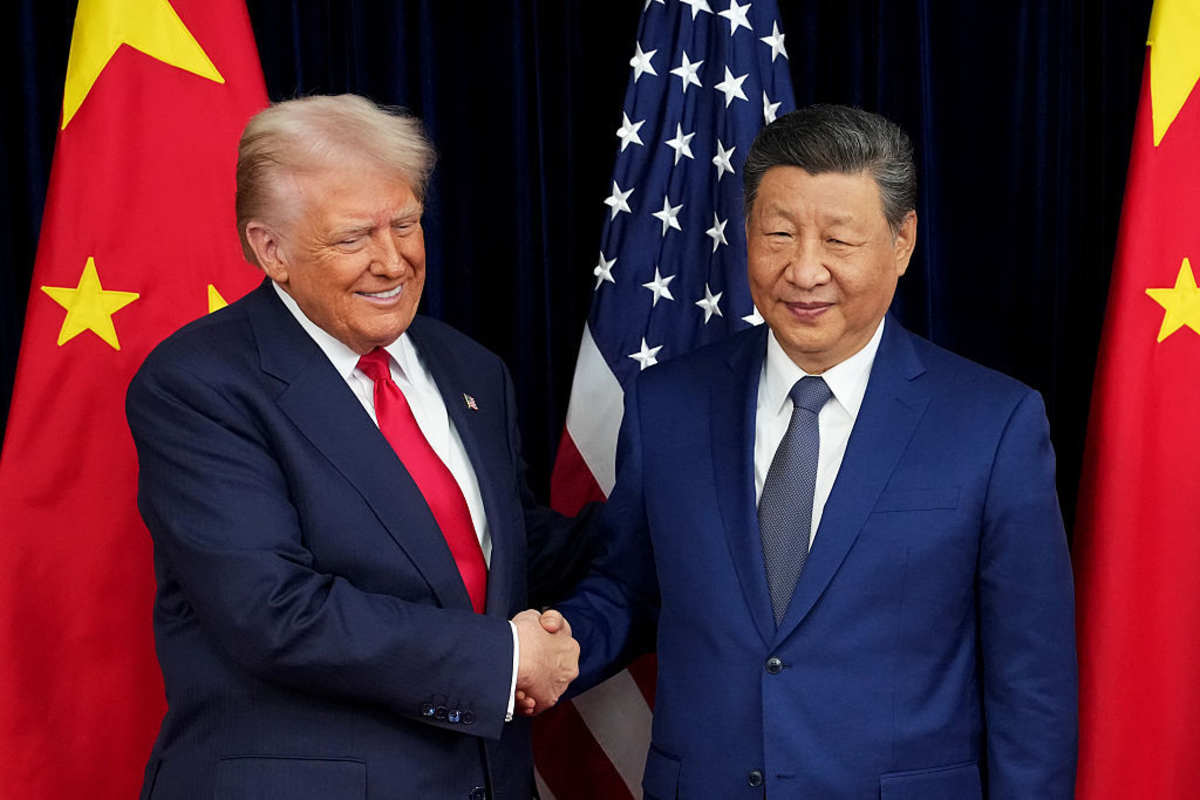
“A normal handshake maintains equal distance between two people, symbolizing equality,” Wood explained. “Trump, by holding and pulling Xi’s hand, is asserting control and showing he wants to lead the interaction.” She also pointed out Trump’s forced grin during the final handshake, which contrasted with the more neutral or reserved expressions typical of such diplomatic meetings.
Overall, the experts said these non-verbal cues highlighted a subtle power imbalance: Trump projecting control and engagement, while Xi signaled caution and readiness for the interaction to conclude.
Body language experts find the ‘odd’ moments in Trump-Xi meeting
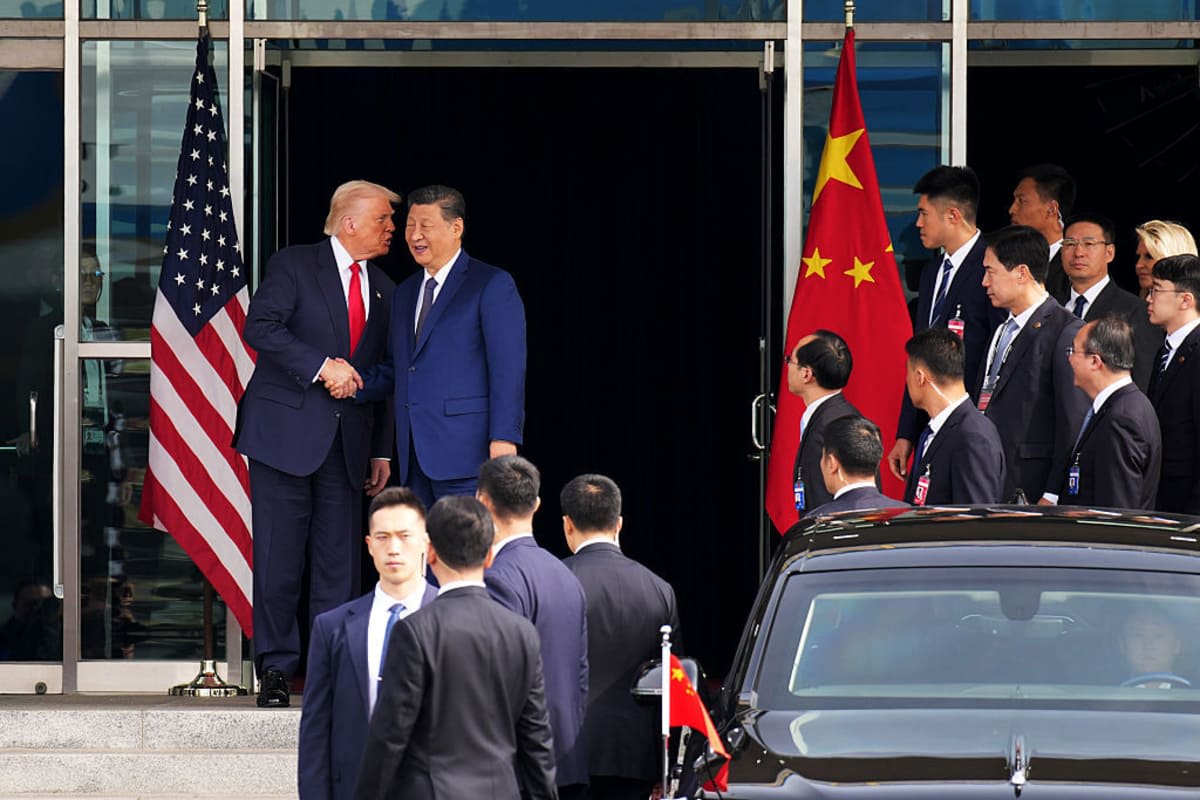
Wood also found Trump’s movements at the end of the meeting unusual. “Usually, they part at a neutral point, but Trump walking the wrong way looked symbolically weaker,” she said. “It’s odd because it made him appear less in control — like he got lost.”
She explained the “primacy and recency effect,” meaning the first and last gestures leave the strongest impression. “Trump worked hard to look powerful at the start but lost that at the end,” she said. “That final handshake didn’t project the same dominance."

